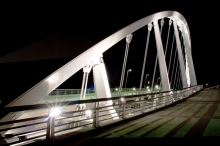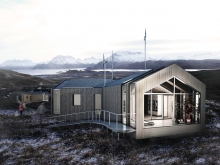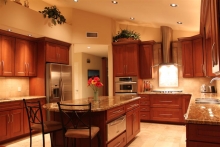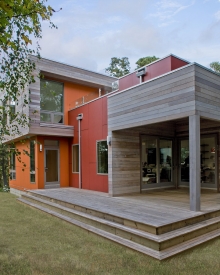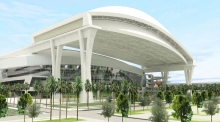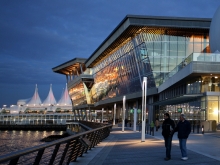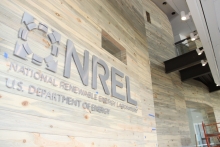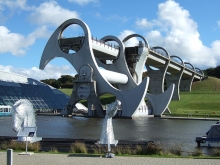Main Street Bridge Adds Aesthetic Appeal to Columbus Skyline
Since 2000, the City of Columbus has been proactively embarking on the revitalization of the Downtown area, including the renovation of several office buildings, as well as the construction of new condominiums and an amphitheatre. The Downtown Columbus skyline will soon be changing again due to the addition of a revolutionary design structure�the new Main Street Bridge. The bridge that previously stood in its place, running along the Scioto River, was closed in 2002 due to deterioration, 65 years after it opened in 1937. Construction, which was initially scheduled to be completed in June 2009, is now scheduled to be completed this August.
